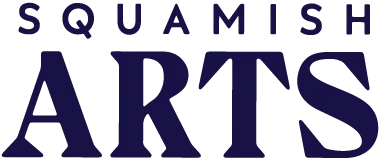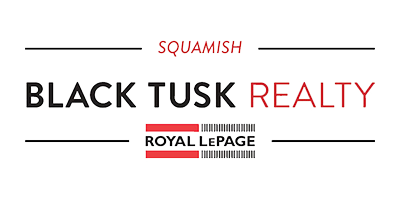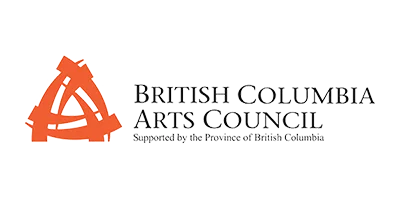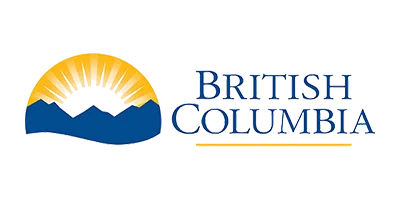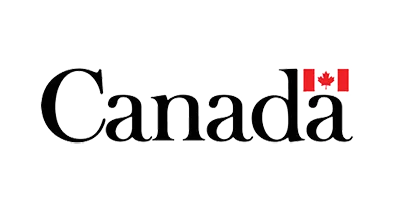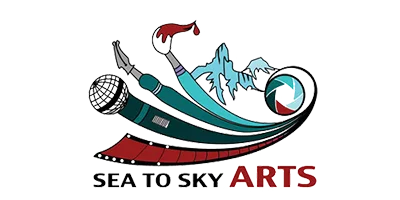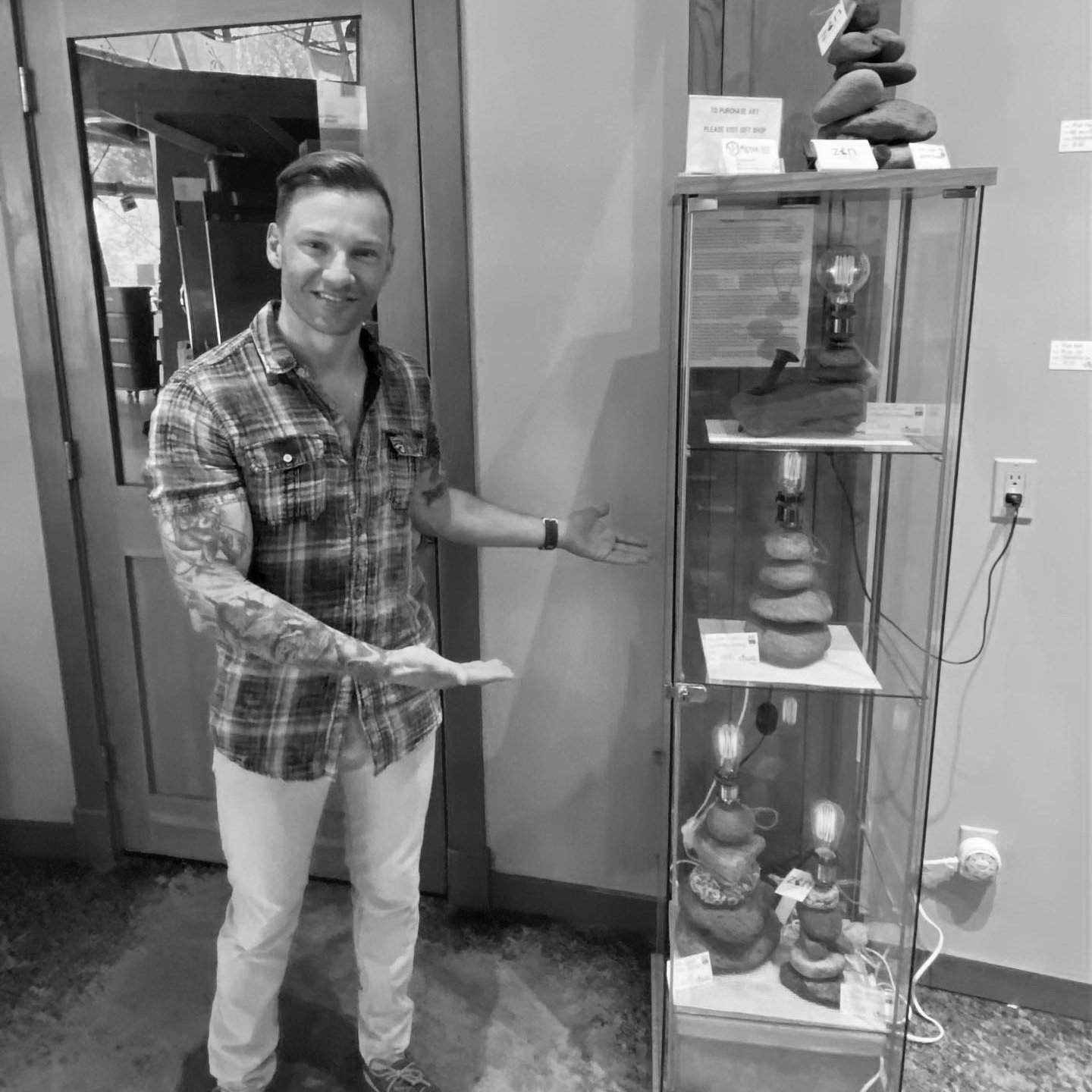
26 Jul Andre Paixao Siqueira
SAC Artist Interview Series: Sculptor Andre Paixao Siqueira
Written by Rachel Anne Farquharson
Object as art—perhaps one of the most prominent conceptual hallmarks of the Modern Era —continues to persist in today’s art market. Using natural “objects” such as rock, soil, or vegetation as creative medium hasn’t been a novel concept since the 70s Land art movement, but where impermanent outdoor installations gave voice to past creative expression, now many artists use earth matter on a smaller, gallery appropriate scale. Succinct combinations of individual units, five rocks arranged in specific relationships, for example, not only fits with the traditional museum view of sculpture, but also invites creatives to work within the commercial realm as their pieces take on function.
Art Throws Light
In sculptor Andre Paixao Siqueira’s world, every single rock is imbued with the spirit and history of its formation. This natural personality—a composite of sedimentary layers bound to human’s presence —is synthesized over time like any other living entity. Siqueira adopts his family of rocks from rivers, raw coastlines, and inland terrain, building short cairns or rock stacks like those guiding a hiker’s way. Turning form into function, the sculptor bores a hole through each rock in a stacked set, thereafter inserting a rod, wiring, and finally, adding a lightbulb to intuitively create a lamp believable among nature’s offerings. As if a lighthouse in miniature, these small “ZenLamps” throw light and hope our way as we navigate daily surprises, fears, and opportunity for growth.
Recently, I caught up with Siqueira during the mounting of the currently SAC group exhibition at Squamish’s Adventure Centre gallery space.
You spent your childhood in Brazil chasing the immediate connection you felt with your geological surroundings. Since transplanting yourself to Squamish, BC, have you felt this affinity re established?
This affinity never left me. However, in Squamish, my connection with the Coast Salish land made me want to share their story and their beautiful rocks that have rolled down the rivers around Squamish. Their cairn rocks guide me on my hikes and amaze my eyes.
How do First Nations narratives, along with humankind’s primordial inclination to nomadic lifestyles, present in your lamps?
The Squamish First Nations narratives demonstrate knowledge of mind, body, and soul in connec tion to Mother Earth. When I am working with the rocks, imagining their story and relationship with the First Nations’s land, instantly I feel connected to the earth, nature and to the Coast Salish People. The way nature shapes the Zenlamps rocks, by moving them around, carrying them down rivers through strong currents, reflects the inclination to nomadic lifestyles you mentioned.
Does the physical act of hunting/gathering rocks and processing a ZenLamps’s various components take on as much importance as the final product?
Definitely. The process of choosing the rocks and balancing the colour, texture, and equilibrium in each assembled set is the most important part of my work. I spend hours with the rocks, listening to their stories and letting my imagination entertain different concepts, forms, and looks. It is almost as though I can synthesize the essence of each rock by placing it relative to a few of its “siblings”.
You mentioned the portable nature of your creative work station. Is this compact, collapsible set up related to your practice in Physiotherapy?
I can see how that connection could be drawn, but no, not really. The use of a portable and col lapsible “studio” is due more to spatial constraints than anything. I do not have room for a perman ent studio in my house, so I have learned to improvise. A sink and water to drill through my rock sets is also essential to lessen the dust produced throughout the process, so arranging access to all the materials and equipment needed to complete each ZenLamp isn’t as simple as it seems.
It sounds as though some of the creative ways in which First Nations peoples have empowered nature to be a creative partner inspire you as well. Tell me, where would you most like to see a collection or curated exhibition of your ZenLamps?
Exactly. I feel a resonance with both BC’s Indigenous history and its robust present. Their spirited inclination to make and story-tell through nature’s “objects” is much like my own. I would love, ultimately, to see my ZenLamps exhibited in a public art gallery or museum setting. One with a rich culture in visual literacy, place-making, and innovative artistry.
Stay tuned for SAC’s next addition to our “Artist Speaks” series. In keeping with the themes of nature and its profound impact on humanity, Squamish-based creator Rebecca Santry will discuss her use of the cyanotype and how in-field print making soothes the soul.
